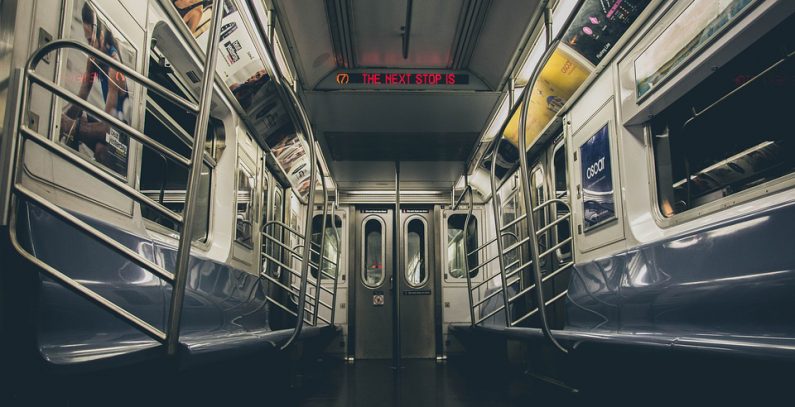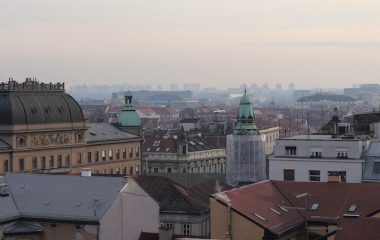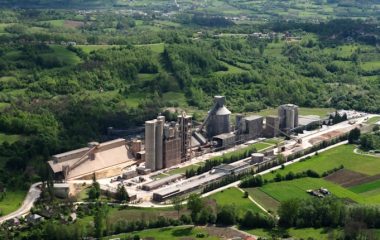
Photo: Pixabay
The European Commission has announced to Romania’s Ministry of Transport that it will co-fund the Bucharest metro’s sixth line, a project worth EUR 1.39 billion, according to a press release on the ministry’s website.
Negotiations are ongoing on the maximum amount of non-reimbursable funds to be allocated for the Bucharest metro’s sixth line under the EU’s Large Infrastructure Operational Programme, the ministry said.
The final amount is yet to be determined and is subject to further discussion between the European Commission, the Romanian government, and the Japan International Cooperation Agency (JICA), which is also co-financing the project, with a EUR 356 million loan, according to reports.
The sixth metro line is to connect Bucharest’s Gara de Nord train station with the Henri Coanda International Airport, the country’s largest.
The 14.2-kilometer metro line will have 12 stations. The addition to the metro system is helped to further improve air quality in the city of more than two million.
The European Commission also financed Bucharest’s fifth metro line, connecting the Drumul Taberei residential area with the city center.
The M6 line should be finalized by 2020. It has been requested by both the European Commission and UEFA, as Bucharest will host three matches of the European Football Championship, Romania-Insider.com wrote earlier.
The Romanian government estimates that the subway line to the airport would reduce car traffic in the area by over 4 million vehicles a year, the portal wrote.
According to reports, the seventh and eighth metro lines are also planned to be built. Expanding the Bucharest metro network through the M7 line, routed through Bragadiru-Alexandriei Road-Colentina-Voluntari, would be carried out under public-private partnership. The M7 line would be 25 kilometers long and have about 30 stations, a terminal, and a depot.
The metro system currently uses three types of trainsets – Astra IVA, Bombardier Movia 346, and CAF.


















Be the first one to comment on this article.